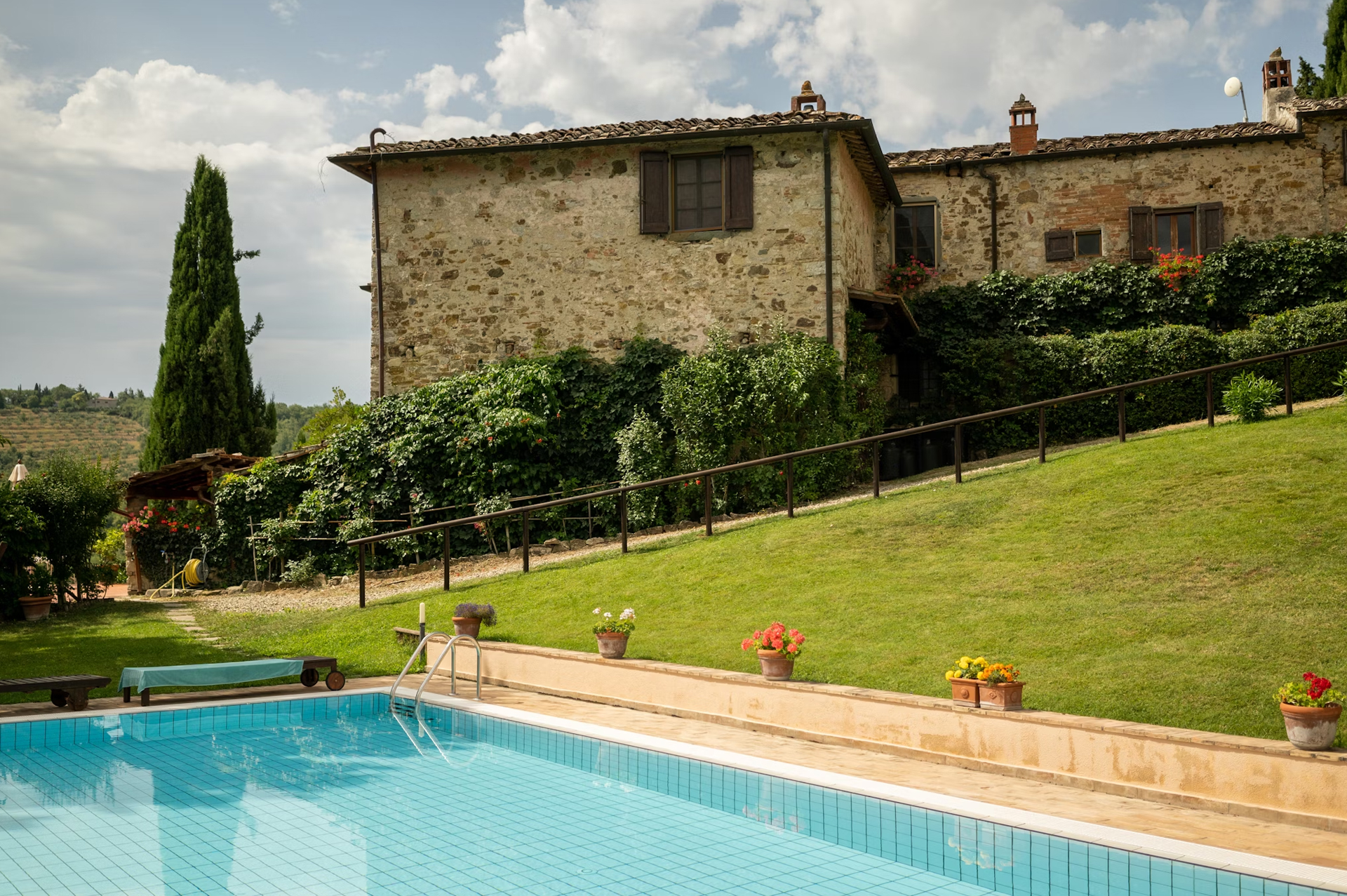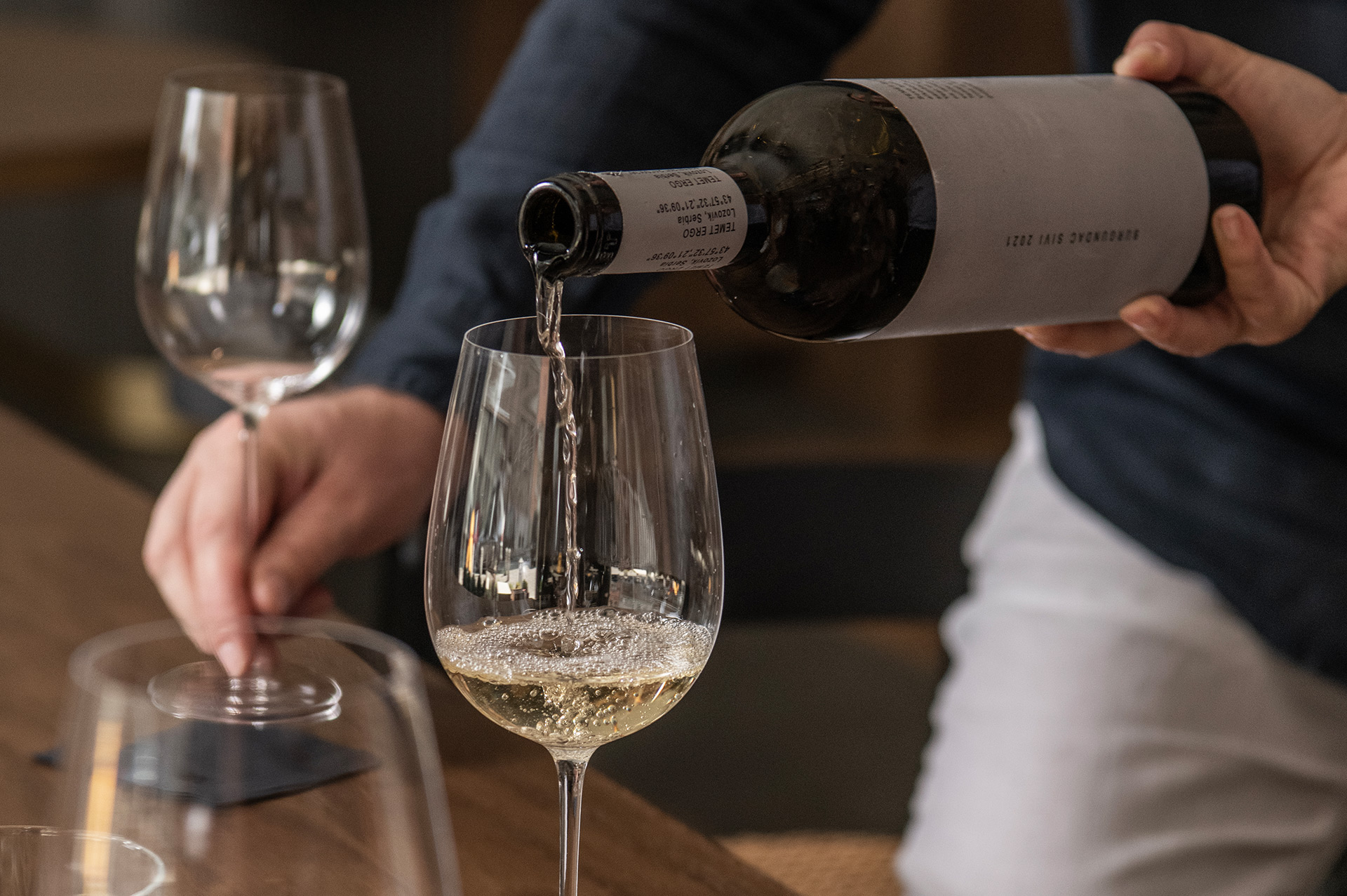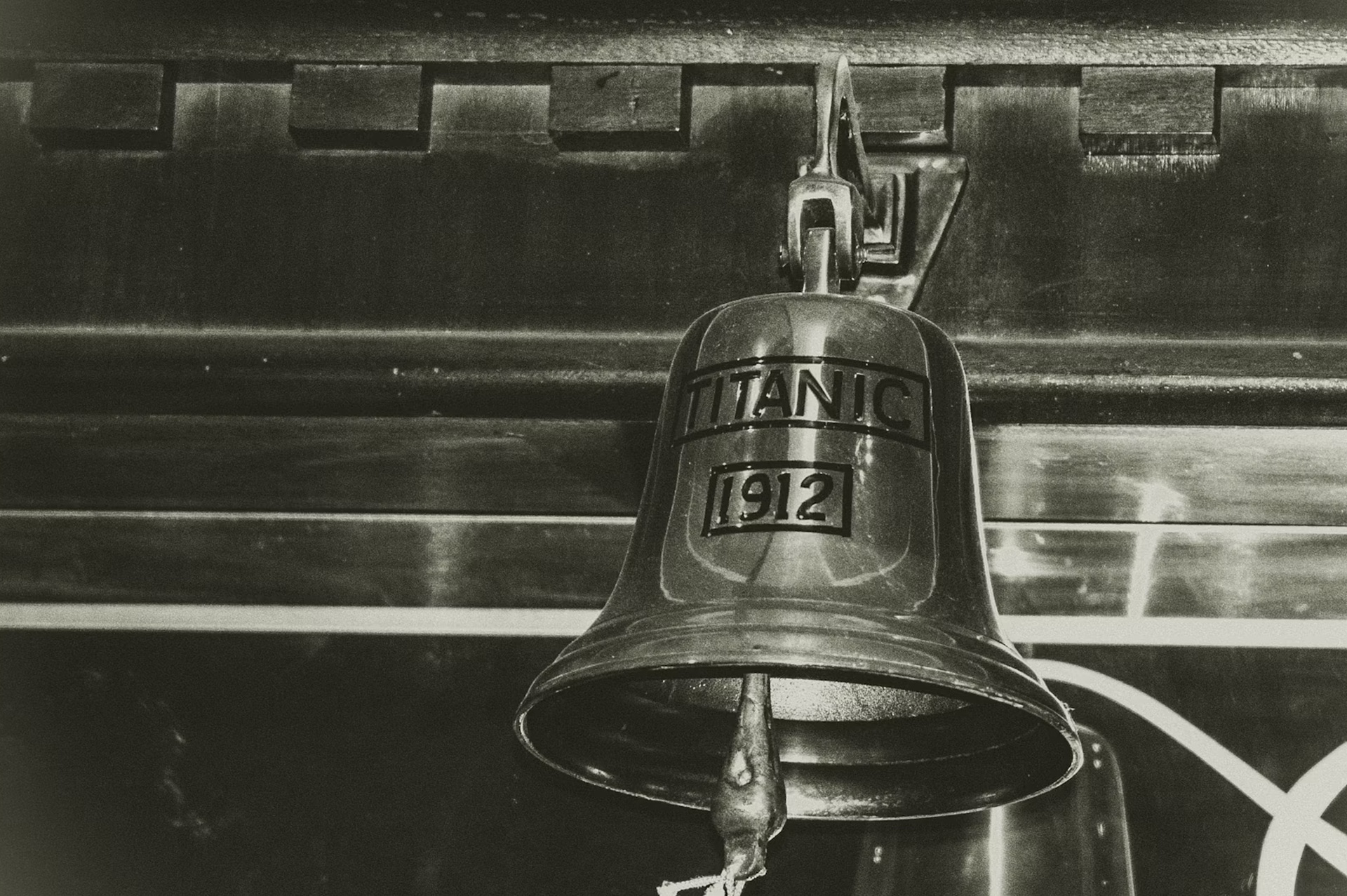Exciting name for exciting wine movement from Italy’s most famous region! Super Tuscan wines are bold, expressive reds (and occasionally whites) that defy the region’s traditional winemaking rules. While Tuscany is renowned for Chianti, made primarily from the Sangiovese grape, Super Tuscans are made with – and from – international varieties like Cabernet Sauvignon, Merlot, and Syrah. These wines often feature rich, complex flavors, velvety textures, and remarkable aging potential, making them a favorite among collectors and casual winelovers alike.
The term “Super Tuscan” isn’t an official classification but a nickname crafted in the 1970s to describe these rebellious wines. They emerged when visionary winemakers sought to craft world-class wines outside the restrictive regulations of Tuscany’s Denominazione di Origine Controllata (DOC) system. By using non-traditional grapes and methods, they created wines that rivaled the best from Bordeaux and Napa Valley.
Wines that are synonymous with prestige
The Super Tuscan movement began in the late 1960s and early 1970s, a time when Tuscan winemakers were frustrated by rigid DOC rules that mandated high percentages of Sangiovese and limited blending options. Pioneers like Marchese Mario Incisa della Rocchetta, creator of Sassicaia, and the Antinori family, with their Tignanello, led the charge. They experimented with French grape varieties and modern techniques, such as aging in small French oak barriques instead of large Slavonian oak casks.
Initially, these wines were classified as humble Vino da Tavola (table wine) due to their non-compliance with DOC rules. However, their exceptional quality quickly gained international acclaim, proving that Tuscany could produce wines to compete on the global stage. In response, Italy introduced the Indicazione Geografica Tipica (IGT) designation in the 1990s, giving Super Tuscans a more fitting classification that acknowledged their excellence. Today, Super Tuscans are synonymous with prestige, with iconic names like Ornellaia, Masseto, and Solaia commanding high prices and devoted followings. They represent Tuscany’s ability to honor its heritage while embracing innovation.
It is important to realize that no two Super Tuscans are alike: it is not a style, but a philosophy that transcends geography and terroir. Some lean toward Bordeaux-style blends with Cabernet-driven structure, while others highlight Sangiovese’s vibrant fruit. This diversity ensures there’s a Super Tuscan for every palate.
A fortunate mishap led to a standout wine
One of the Super Tuscan standouts – and household names such as Sassicaia, Tignanello, and Ornellaia – is Petrolo Galatrona, an important collectors’ wine and a quintessential example of a movement. A pure Merlot from Val d’Arno, this wine surprises with its plush texture, dark berry flavors, and velvety tannins, proving Tuscany’s versatility and rivaling even Merlots from Pomerol. Nestled in rural Tuscany, the Petrolo estate, with medieval origins, boasts a historic watchtower overlooking its vineyards. In 1947, Lucia Sanjust’s family acquired the property, planting Sangiovese vines to craft Il Torrione, a modest Chianti, until the late 20th century. In the 1980s, inspired by the Super Tuscan movement, Lucia and her son Luca, a budding artist who chose to manage the estate, embraced Merlot. Recognizing their clay-loam terroir’s potential, they initially planned to blend Merlot into Il Torrione. A fortunate mishap in 1994, when a Merlot parcel was harvested late and vinified separately, led to a revelation. Wine critic James Suckling, tasting the result, urged them to bottle it as a single-varietal wine, named Galatrona after the tower, thus creating a wine with a cult following.
This is just one of many success stories that have forever changed the Tuscany wine landscape.


